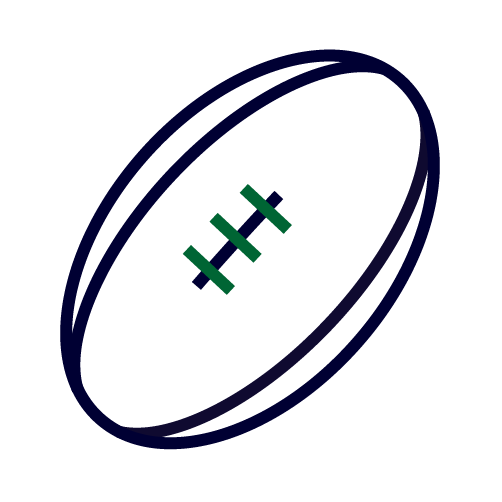EVIDENCE BASE FOR SPORT
Australia's First Nations Peoples and Sport
As at 30 June 2021 there were 984,000 Aboriginal and/or Torres Strait Islander peoples, representing 3.8% of the total Australian population. 2
PARTICIPATION - 2018 to 2022
Estimated age group participation in sport-related activities at least once a week by First Nations peoples [aged 18+] 3
Estimated State/Territory participation in sport-related activities at least once a week by First Nations peoples [aged 18+] 3
- Australian Capital Territory - 3,000 (42%)
- New South Wales - 54,000 (34%)
- Northern Territory - 8,000 (35%)
- Queensland - 47,000 (37%)
- South Australia - 9,000 (33%)
- Tasmania - 5,000 (27%)
- Victoria - 21,000 (36%)
- Western Australia - 22,000 (42%)
Most popular sport-related activities with estimated participants 5
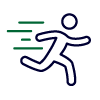
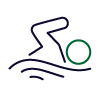

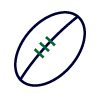
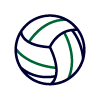


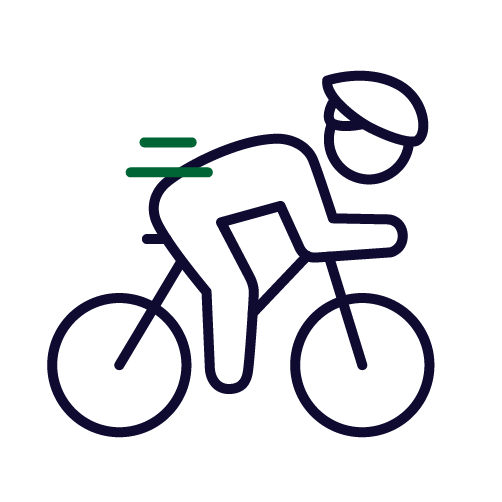







Young Adult aged 18-24
Running/Athletics - 19,000
Swimming - 12,000
Basketball - 10,000
Australian Football - 8,000
Netball - 7,000
Adult aged 25-54
Running/Athletics - 41,000
Swimming - 34,000
Cycling - 24,000
Football/Soccer - 12,000
Basketball - 11,000
Mature Adult aged 55+
Swimming - 13,000
Cycling - 7,000
Bowls - 5,000
Running/Athletics - 4,000
Golf - 4,000
References +
- Australia's First Peoples, Australian Institute of Aboriginal and Torres Strait Islander Studies, (accessed 6 April 2022)
- Estimates of Aboriginal and Torres Strait Islander Australians, Australian Bureau of Statistics, (June 2021)
- AusPlay Data Portal: Sport-related participation – frequency of participation, Australian Sports Commission, (accessed 3 May 2023)
- AusPlay data release, Australian Sports Commission, (April 2023)
- AusPlay Data Portal: Participation by activity, Australian Sports Commission, (accessed 3 May 2023)
- Football's Indigenous Engagement: State of Play, Professional Footballers Australia on behalf of John Moriarty Football, (November 2018).
- Benefits of inclusion in sport, Australian Sports Commission, (accessed 26 June 2023).
TOPIC FOCUS
Last updated: 25 May 2023
Content disclaimer: See Clearinghouse for Sport disclaimer
IS THIS INFORMATION COMPLETE?
The Clearinghouse for Sport is a sector-wide knowledge sharing initiative, and as such your contributions are encouraged and appreciated. If you would like to suggest a resource, submit a publication, or provide feedback on this topic, please contact us.
Alternatively, if you would like to be kept up to date with research and information published about this topic, please request a research profile setup.

